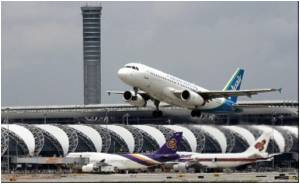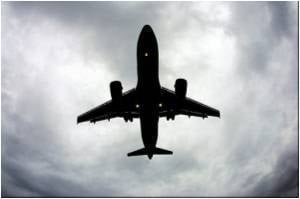
in 2012, at the same conference, they presented an algorithm for determining its "state" - its location, physical orientation, velocity and acceleration.
Now, the MIT researchers have completed a series of flight tests in which an autonomous robotic plane running their state-estimation algorithm successfully threaded its way among pillars in the parking garage under MIT's Stata Center.
"The reason that we switched from the helicopter to the fixed-wing vehicle is that the fixed-wing vehicle is a more complicated and interesting problem, but also that it has a much longer flight time," Nick Roy, head of the Robust Robotics Group, said.
"The helicopter is working very hard just to keep itself in the air, and we wanted to be able to fly longer distances for longer periods of time," he said.
With the plane, the problem is more complicated because "it's going much faster, and it can't do arbitrary motions," Roy says.
Advertisement
To buy a little extra time for their algorithms to execute, and to ensure maneuverability in close quarters, the MIT researchers built their own plane from scratch.
Advertisement
The plane that resulted has unusually short and broad wings, which allow it to fly at relatively low speeds and make tight turns but still afford it the cargo capacity to carry the electronics that run the researchers' algorithms.
Since the problem of autonomous plane navigation in confined spaces is so difficult, and because it's such a new area of research, the MIT team is initially giving its plane a leg up by providing it with an accurate digital map of its environment.
That's something that the helicopters in the AUVSI challenges don't have: They have to build a map as they go.
But the plane still has to determine where it is on the map in real time, using data from a laser rangefinder and inertial sensors - accelerometers and gyroscopes - that it carries on board.
It also has to deduce its orientation - how much it's tilted in any direction - its velocity, and its acceleration. Because many of those properties are multidimensional, to determine its state at any moment, the plane has to calculate 15 different values.
Source-ANI








